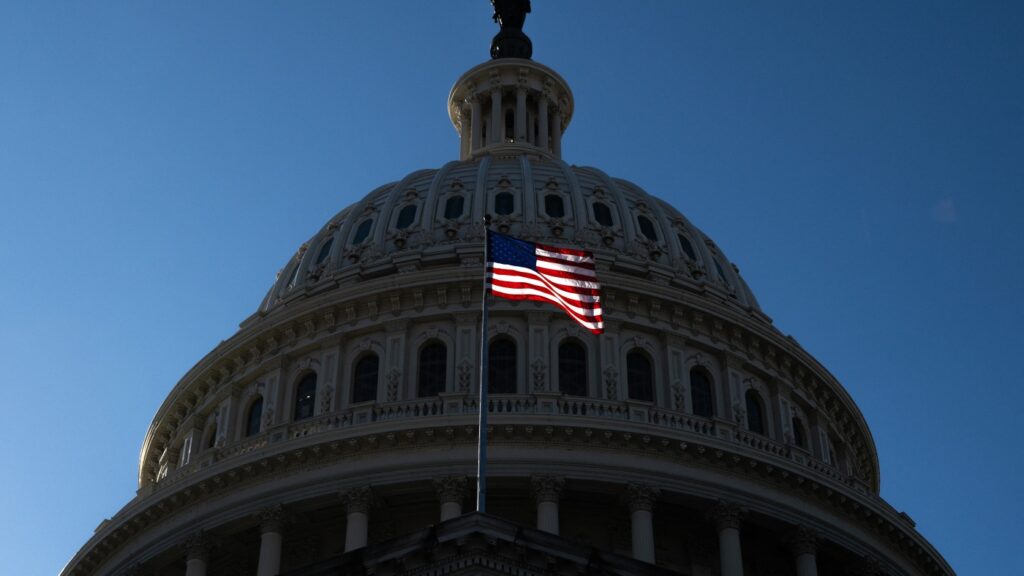The Congressional Budget Office’s new analysis reveals that the top 10% of earners in the U.S. stand to benefit the most from the recently passed tax and spending package by the House. Conversely, individuals at the lower end of the income spectrum would experience negative impacts. The comprehensive analysis by the non-partisan CBO takes into account over $3 trillion in tax cuts and approximately $1 trillion in reduced government spending on key programs like Medicaid and food stamps.
The bill, which enjoys strong support from President Trump and has already cleared the House, is now under Senate deliberation. The CBO’s findings show that the tax cuts predominantly favor high-income earners while offering more modest benefits to middle-income families. For households earning less than $55,000 annually, the reduction in government benefits would outweigh any tax savings, resulting in a net loss for them.
CBO Director Phillip Swagel emphasized the uneven distribution of changes among households, with resources dwindling for lower-income families and increasing for those in the middle and upper income brackets. The analysis highlights that households in the top 10% income bracket, with an average annual income of $692,000, could expect savings of around $12,000 annually, equivalent to a 2.3% increase. In contrast, middle-income families could see savings ranging from $500 to $1,000 annually, while those at the lowest income levels, earning around $23,000 per year, may experience an average annual loss of $1,600, representing a 3.9% decrease in income.

